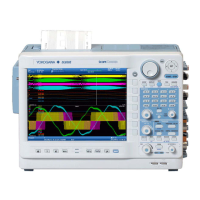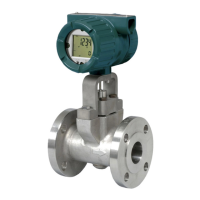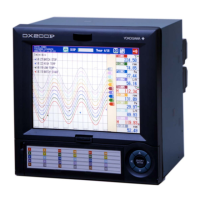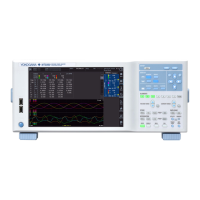3.16 Connecting a Cable to the CAN & LIN Bus
Monitor Module
To monitor CAN bus signals, connect a cable to the CAN bus monitor module’s D-sub connector.
Connector Pinout
The pinout of the D-sub connector (9 pin, male) is shown below.
1
5
6
9
Pinout
CAN bus signal input terminal
LIN bus signal input terminal
CAN bus signal input terminal LIN bus signal input terminal
Pin No. Signal Function Signal Function
1 (NC) Not used (can not be connected to) LIN LIN signal
2 CAN_L CAN low signal (NC) Not used (can not be connected to)
3 CAN_GND Ground LIN_GND Ground
4 (NC) Not used (can not be connected to) VBAT Battery supply voltage
5 (NC) Not used (can not be connected to) (NC) Not used (can not be connected to)
6 CAN_GND Ground LIN_GND Ground
7 CAN_H CAN high signal (NC) Not used (can not be connected to)
8 (NC) Not used (can not be connected to) (NC) Not used (can not be connected to)
9 (NC) Not used (can not be connected to) (NC) Not used (can not be connected to)
* One-inch screws (number 4-40 UNC) are used.
Note
The shell of the CAN bus signal input connector is connected to CAN_GND. The shell of the LIN bus signal
input connector is connected to LIN_GND. Additionally, CAN_GND and its connector shell and LIN_GND and
its connector shell are isolated from the electric potential of the DL850/DL850V case (earth).
CAUTION
Applying a voltage greater than the maximum input voltage may damage the input section.
Connecting the Cable (Signal wires)
When you connect a cable to the D-sub connector, be sure to tighten the screws to ensure that the
cable is connected securely.
CAN & LIN bus monitor module
720241 (CAN & LIN)
Cable
Screws
3-40
IM DL850-03EN

